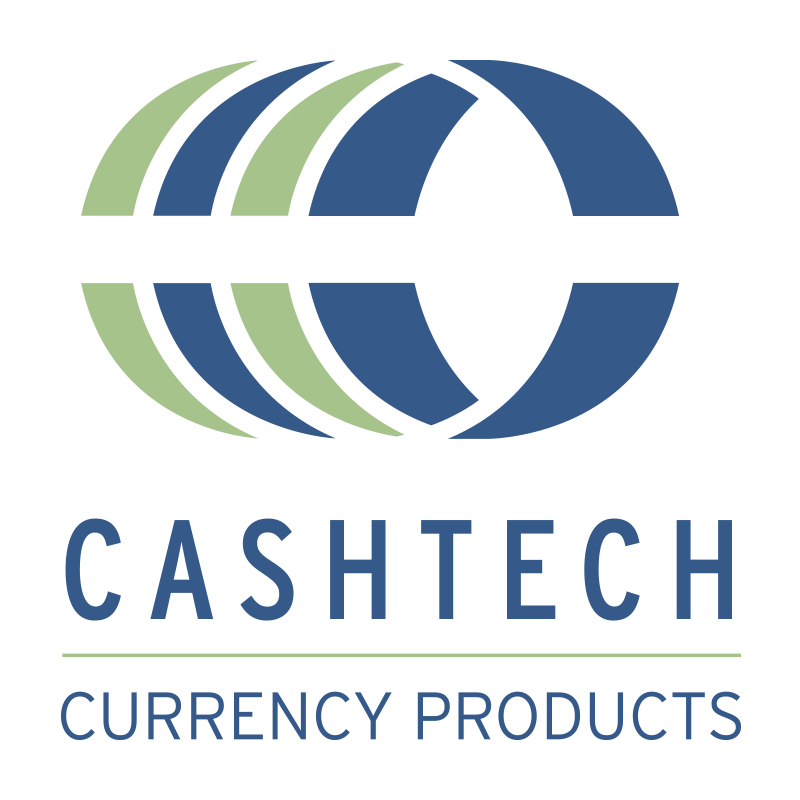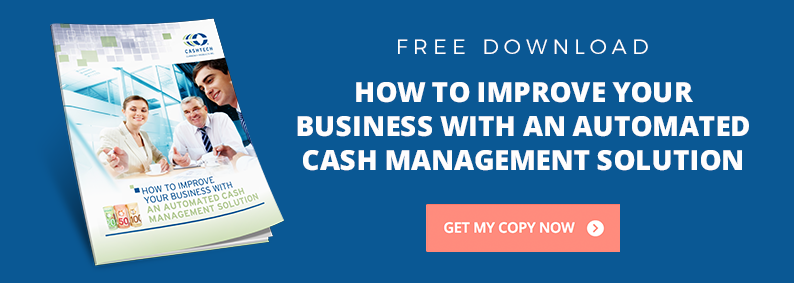Have you decided to adopt new cash management technology for your business? It’s a smart move that can save you time and money.
If you’ve selected a coin and bank note recycler as your solution, you’re likely excited to learn about all the benefits this machine can bring to your business. You may also be eager to get it set up and running, so you can start realizing the benefits sooner.
This guide outlines some of the most-loved features of coin and bank note recyclers. It also goes over some of the common errors organizations make when implementing them. If you can avoid the errors, you’ll start seeing the benefits of your new cash management equipment sooner.
What Coin and Bank Note Recyclers Do
Coin and bank note recyclers are designed to automate some of the most important cash management tasks in your business. For starters, they count cash. They also accept, recycle, and dispense cash. Finally, they also safely store cash and keep a running total.
You can imagine how this is useful for your business. You can accept cash in a transaction and have it tallied immediately by the machine. Then it’s ready to be dispensed in the next transaction. At the end of the day, the machine has tracked all the ins and outs, providing you with an accurate tally.
Key Features to Look For
There are quite a few different recyclers on the market, so you’ll want to make sure you’re choosing a model with the features you need most.
You’ll want to look for a few different traits to make sure you’re getting the most out of your new cash management equipment.
Transaction speed is probably one of the most important features to look for. You need a machine that keeps up with the volume of transactions you’re processing.
Other important features include jam recovery, which helps you if the machine happens to get jammed during a transaction. You’ll want a machine that has a higher tolerance for notes that are less than perfect. You’ll also want a machine with a simple jam recovery process to make it easy to get back on track.
Another consideration is the type of software integration you want. There are three options available today. Standalone units are simple to use, but they do have their drawbacks. Middleware is more integrated, but still adds steps in balancing. Direct integration is supported by your core systems and causes minimal disruption. It’s usually the most expensive option.
Additional Features
Today’s coin and bank note recyclers have even more features to choose from. For example, some allow remote transactions. Some have tablet support. There are even models with serial number recognition included.
Avoiding Errors during Implementation
Once you’ve decided to adopt a coin and bank note recycler for your business, you’ll need to make a plan to roll out this new technology.
One thing you’ll likely need to do is rethink your space. Although these machines can often be quite economical in terms of space, you may need to retrofit your teller stations. Be sure to think about ergonomics as you design these spaces. You want the machines to be easy to use.
You’ll also need to get buy-in from your staff. IT is particularly important. If they’re resistant to supporting the adoption of new cash management technologies, you’ll have a difficult time using and maintaining the machines. This is particularly true when it comes to ensuring the proper integration of systems.
Luckily, you can avoid many of the issues by taking the time to map your process. By creating a strategy for implementation, you can make adopting coin and bank note recyclers for your business much more streamlined.



